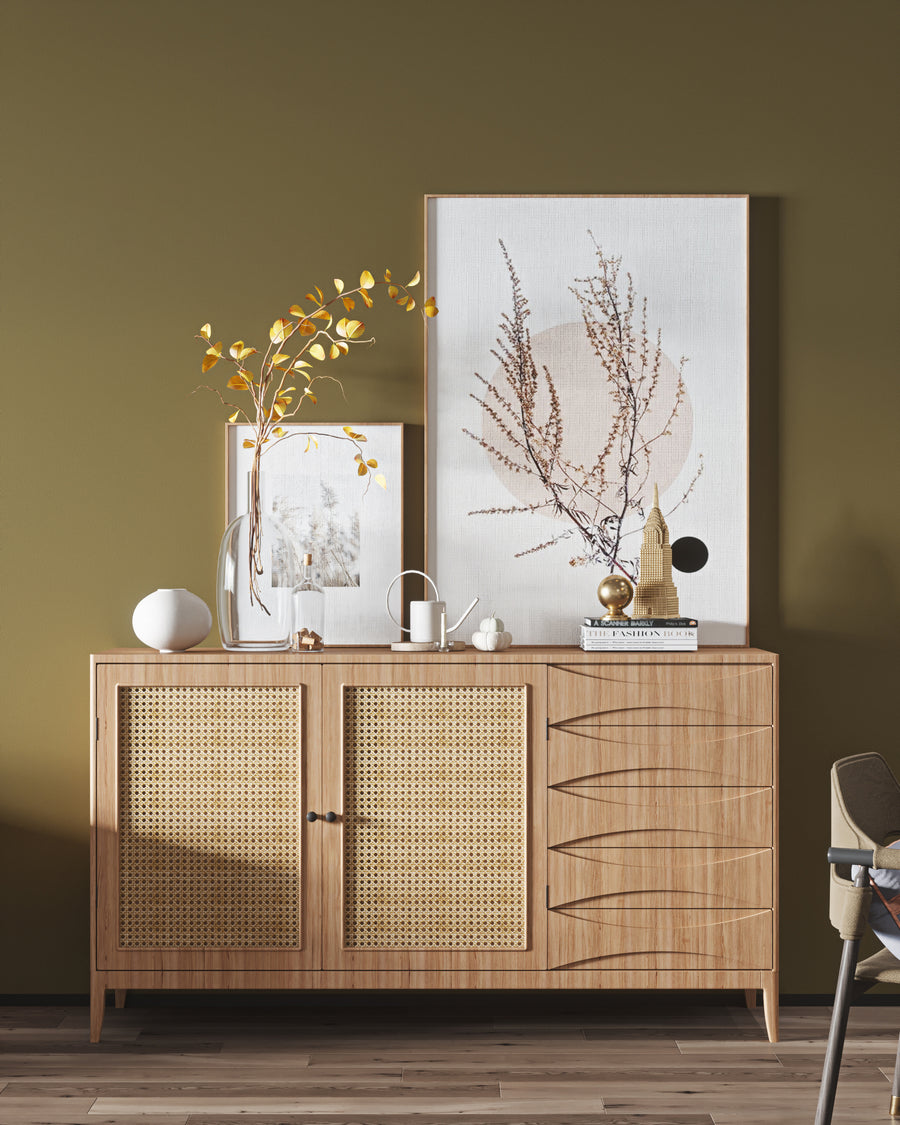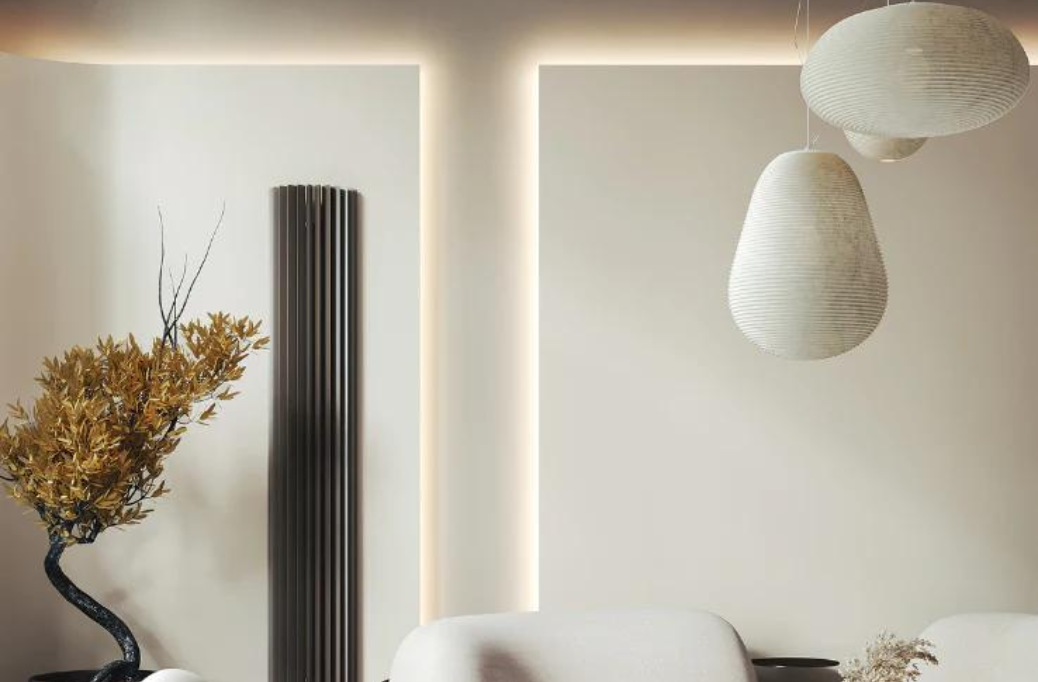Varsha Raghunandan - August 12 2021
Your Design Guide: Outdoor Lighting

When selecting lighting for residential outdoor areas, it is important to select fittings which will provide security and will withstand weather conditions.
Safety and Security:

To optimise safety in the front yard, it is best to use a floodlight with an in-built motion sensor. These fittings produce a wide spread of bright light. They also save electricity since they are off by default, and only turn on when movement is detected.
A dusk to dawn luminaire can also be used for safety and security. These fittings use a small photocell to detect existing light. If it is dark at night and no light is detected, the luminaire will turn on and flood the space with light.
Weather Resistance:

Ingress protection (IP) rating tells you the level that a light fitting is protected against solid particles and water. This is highly important for outdoor lighting as fittings are exposed to the outdoor elements such as dust, soil, rain, and humidity.
For luminaires which will be used under the eaves of a roof, a minimum of IP44 or higher is recommended. For pergolas, a fitting with IP54 or IP65 rating would be desired.
Check out Elekzon’s Daintree 103 and 106 downlights, which boast an IP54 rating, perfect for under-cover outdoor areas.
For fittings that are fully exposed to the elements, an IP65 rating is highly recommended. These fittings are fully protected from particles, and can be splashed by water from all directions.
Elekzon’s Bondi 303 batten has an IP65 rating, and is a great replacement for old outdoor fluorescent tube lights.
To ensure that your light fittings do not rust or corrode over time, opt for high quality brass fittings with a powder-coated finish, or a marine-grade stainless steel.
Decorative Garden Lighting Tips:

- To light up columns and pillars at the facade of the house, an up / down wall bracket is ideal. These lights create a decorative beam angle on the pillar and highlight textures on the wall.
- Bollard lights can also be used along a path or driveway for an additional decorative feature.
- To shoot light upwards to highlight trees in a garden area, spike lights and spotlights may be used. Opt for a warm white colour temperature to ensure that all textures in the garden area are illuminated, as a cool white colour temperature may wash out the natural beauty of the landscape.
Using Transformers in Garden Lighting:
In garden lighting, low voltage 12V fittings are recommended in order to prevent electrical hazards. For this, a transformer is required to convert the 240V mains supply to a low voltage for exterior garden lights.
To calculate the transformer required, add up the wattage of all garden lights. For example, if there are 5 spike lights installed and each has a wattage of 20W, then the total is 100W.
The minimum wattage (or Volt-Amps) of the transformer should be 30% greater than the total wattage of the luminaires.
The maximum voltage of the transformer should be double the total wattage of the luminaires. In the above example, the minimum Volt-Amps (VA) of the transformer would be 130VA, and the maximum would be 200VA.
Shop Elekzon’s Bondi 303 outdoor batten light:
https://elekzon.com.au/products/bondi-303-battenlight
Shop Elekzon’s IP54 modern style downlights:
https://elekzon.com.au/products/daintree-103-downlight
https://elekzon.com.au/products/daintree-106-downlight







